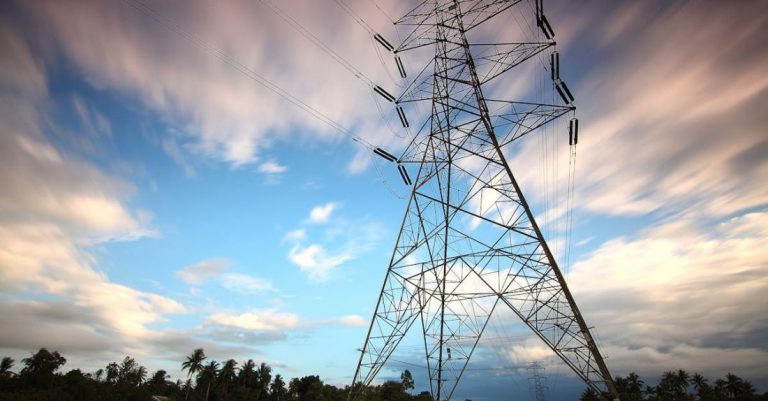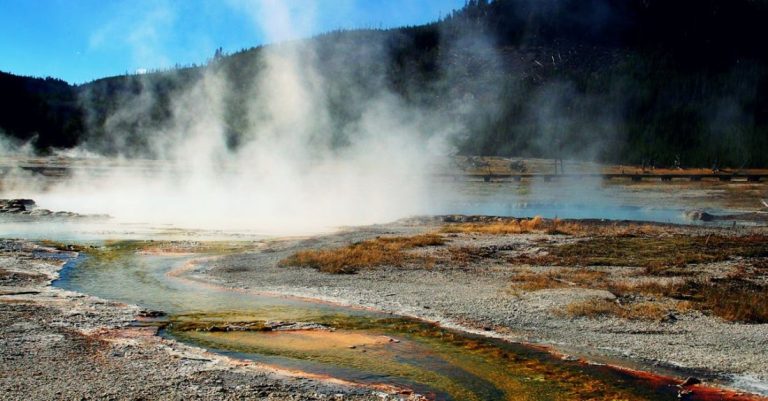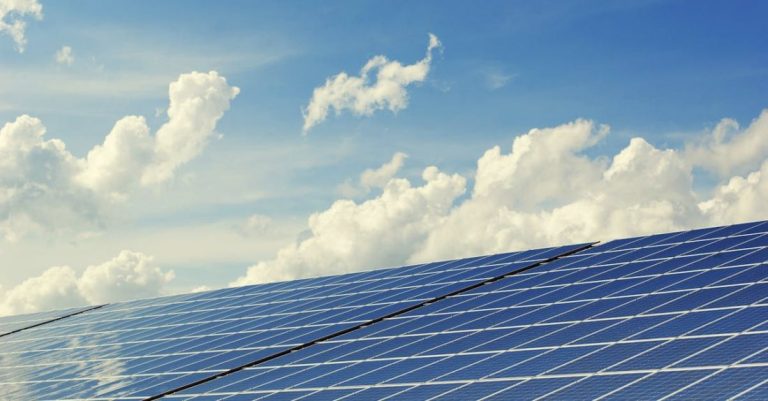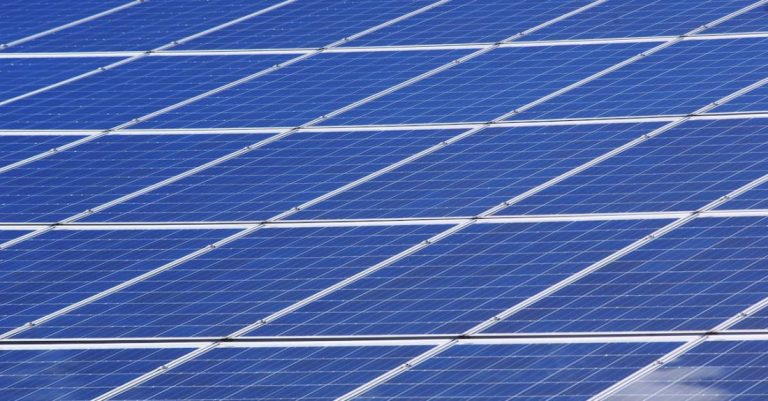
Hydroelectric power, derived from the force of moving water, has long been harnessed as a sustainable energy source. Its benefits are abundant, making it a key player in the world’s renewable energy mix. Let’s delve into the advantages of hydroelectric power and explore why it is a crucial component in the quest for cleaner and more efficient energy solutions.
Renewable and Sustainable Energy Source
Hydroelectric power is a renewable energy source, meaning it is continuously replenished by nature. Unlike finite resources such as fossil fuels, which deplete over time, water is a resource that is constantly renewed through the water cycle. This sustainability ensures that hydroelectric power can be harnessed for generations to come, providing a reliable source of electricity that does not contribute to the depletion of finite resources.
Low Greenhouse Gas Emissions
One of the key advantages of hydroelectric power is its minimal greenhouse gas emissions. Unlike fossil fuel-based power generation, which releases large amounts of carbon dioxide and other pollutants into the atmosphere, hydroelectric power generation produces very low levels of greenhouse gases. This makes it a cleaner alternative to traditional fossil fuel-based power plants, helping to mitigate climate change and reduce the overall carbon footprint of electricity generation.
Reliable and Consistent Power Generation
Hydroelectric power plants offer a reliable and consistent source of electricity. By controlling the flow of water through turbines, power output can be easily adjusted to meet fluctuating demand. This flexibility allows hydroelectric power plants to respond quickly to changes in energy needs, providing a stable and predictable source of electricity for homes, businesses, and industries. Additionally, unlike solar or wind power, which are dependent on weather conditions, hydroelectric power generation is not subject to the same variability, ensuring a steady supply of electricity year-round.
Cost-Effective Energy Generation
Hydroelectric power is a cost-effective energy generation option in the long run. While the initial capital investment for building a hydroelectric power plant can be significant, the operational and maintenance costs are relatively low compared to other forms of energy generation. Once a hydroelectric power plant is up and running, the ongoing expenses are minimal, making it a financially attractive option for long-term energy production. Additionally, the long lifespan of hydroelectric power plants—often spanning several decades—further enhances their cost-effectiveness and makes them a sound investment in the energy sector.
Water Management and Flood Control
In addition to electricity generation, hydroelectric power plants play a crucial role in water management and flood control. By regulating the flow of water in rivers and reservoirs, hydroelectric power plants can help prevent flooding during periods of heavy rainfall or snowmelt. This proactive approach to water management not only protects communities and infrastructure from potential damage but also ensures a stable and reliable water supply for irrigation, drinking water, and other essential needs. The dual benefits of electricity generation and water management make hydroelectric power plants a valuable asset in promoting sustainable development and resilience in the face of climate change.
Environmental Impact and Ecosystem Preservation
While hydroelectric power is a clean energy source compared to fossil fuels, it is not without environmental impacts. The construction of dams and reservoirs can significantly alter river ecosystems and disrupt the natural flow of water, affecting wildlife habitats and migration patterns. However, advancements in technology and best practices in dam design and operation have helped minimize these impacts and mitigate the environmental consequences of hydroelectric power generation. Additionally, ongoing research and monitoring efforts continue to improve our understanding of how to balance energy needs with ecosystem preservation, ensuring that hydroelectric power remains a sustainable and environmentally responsible energy option.
Innovations and Future Prospects
Advancements in hydroelectric power technology, such as pumped storage hydroelectricity and run-of-river projects, continue to expand the potential of this renewable energy source. Pumped storage hydroelectricity, for example, allows excess energy to be stored by pumping water to a higher elevation during off-peak hours and releasing it to generate electricity during peak demand periods. This efficient energy storage solution helps stabilize the grid and integrate more renewable energy sources into the power system. Run-of-river projects, on the other hand, minimize the environmental impact of traditional dam-based hydroelectric power plants by diverting a portion of the river flow through turbines without creating a large reservoir. These innovations demonstrate the ongoing evolution of hydroelectric power and its potential to meet the energy needs of a sustainable future.
In conclusion, the advantages of hydroelectric power are manifold, ranging from its renewable nature and low greenhouse gas emissions to its reliability, cost-effectiveness, and role in water management and ecosystem preservation. As the world continues to transition towards cleaner and more sustainable energy sources, hydroelectric power stands out as a key player in the global energy landscape. By harnessing the power of moving water, we can tap into a renewable energy solution that not only meets our current electricity needs but also paves the way for a greener and more resilient future.





